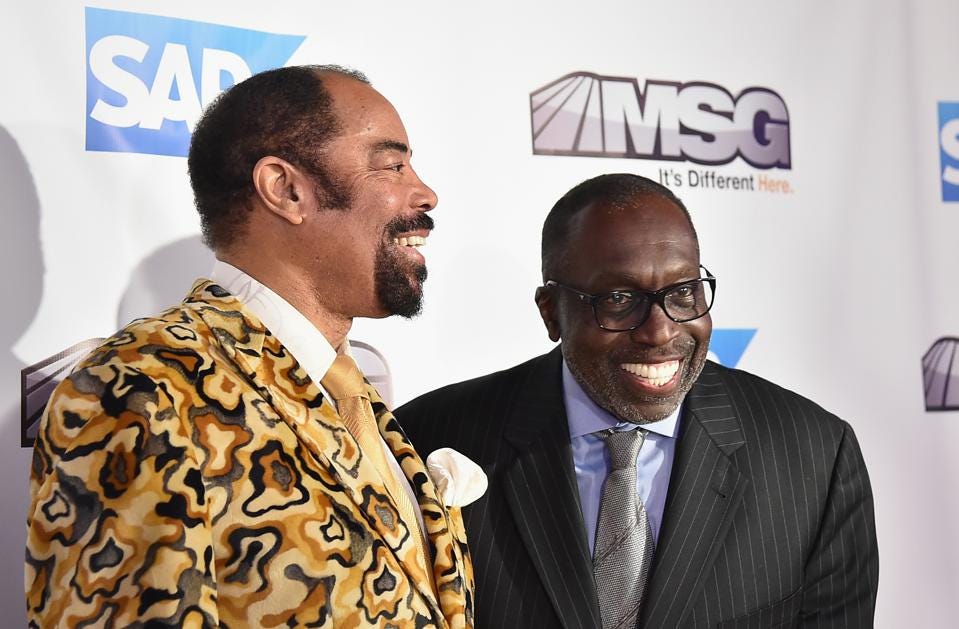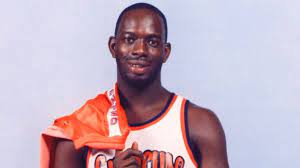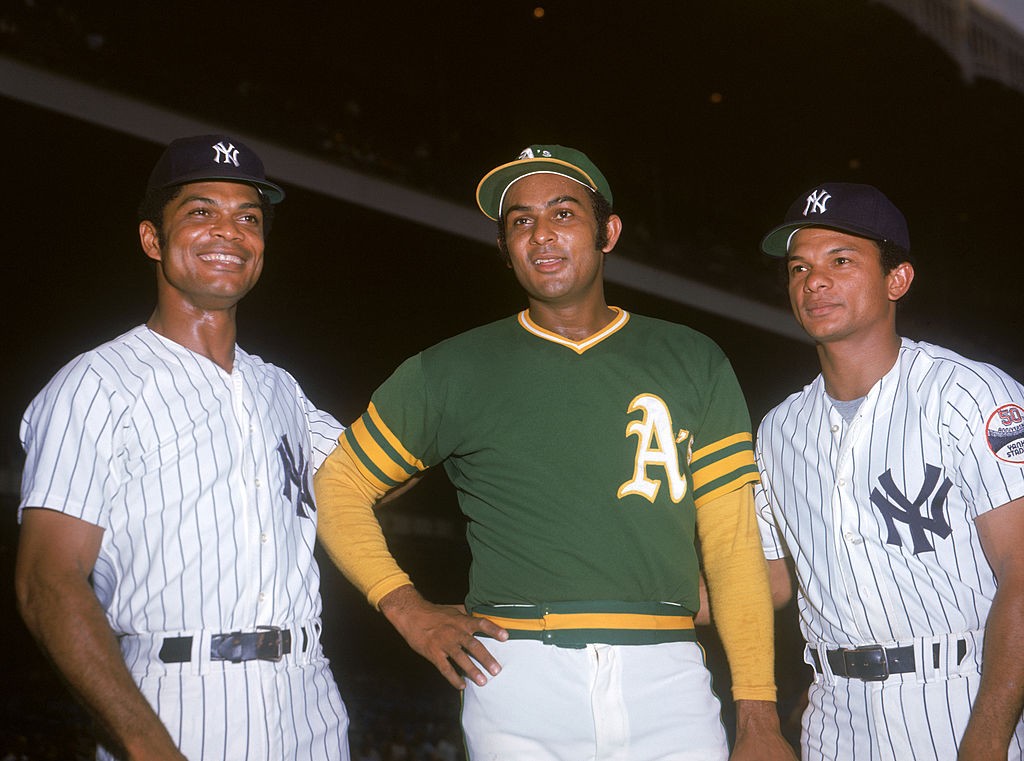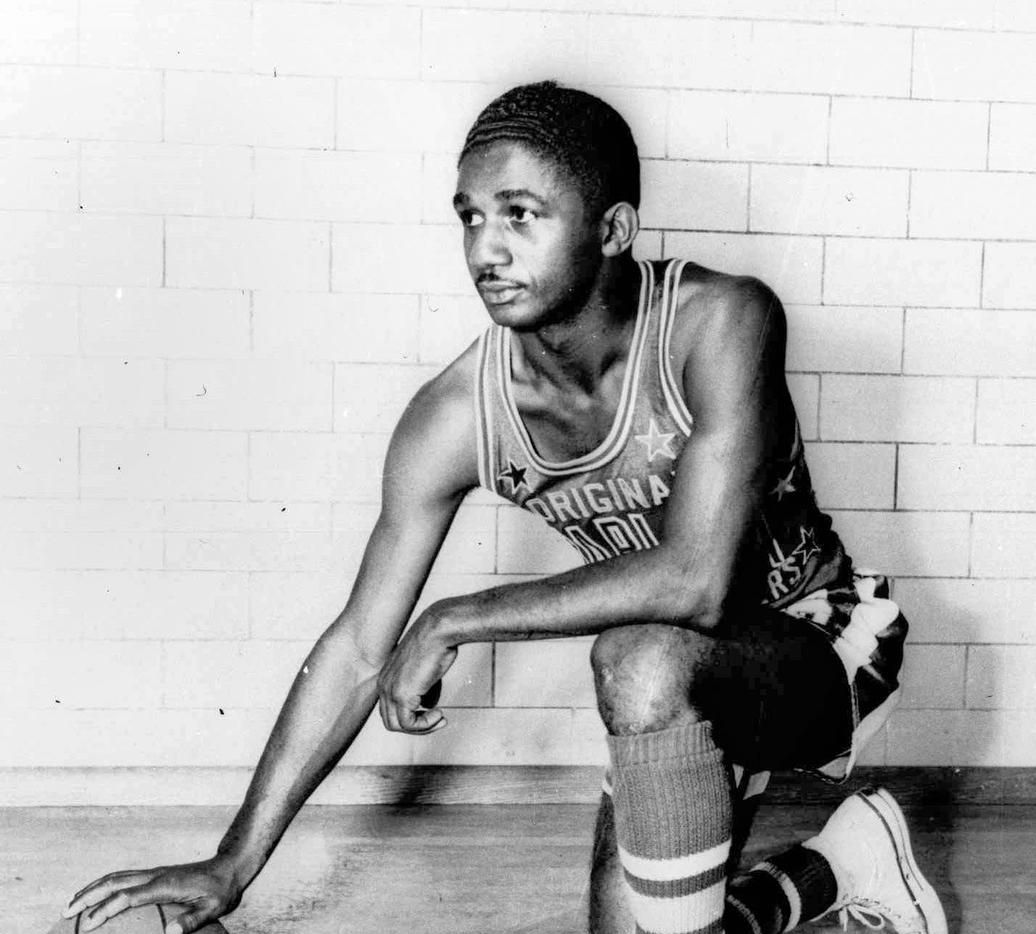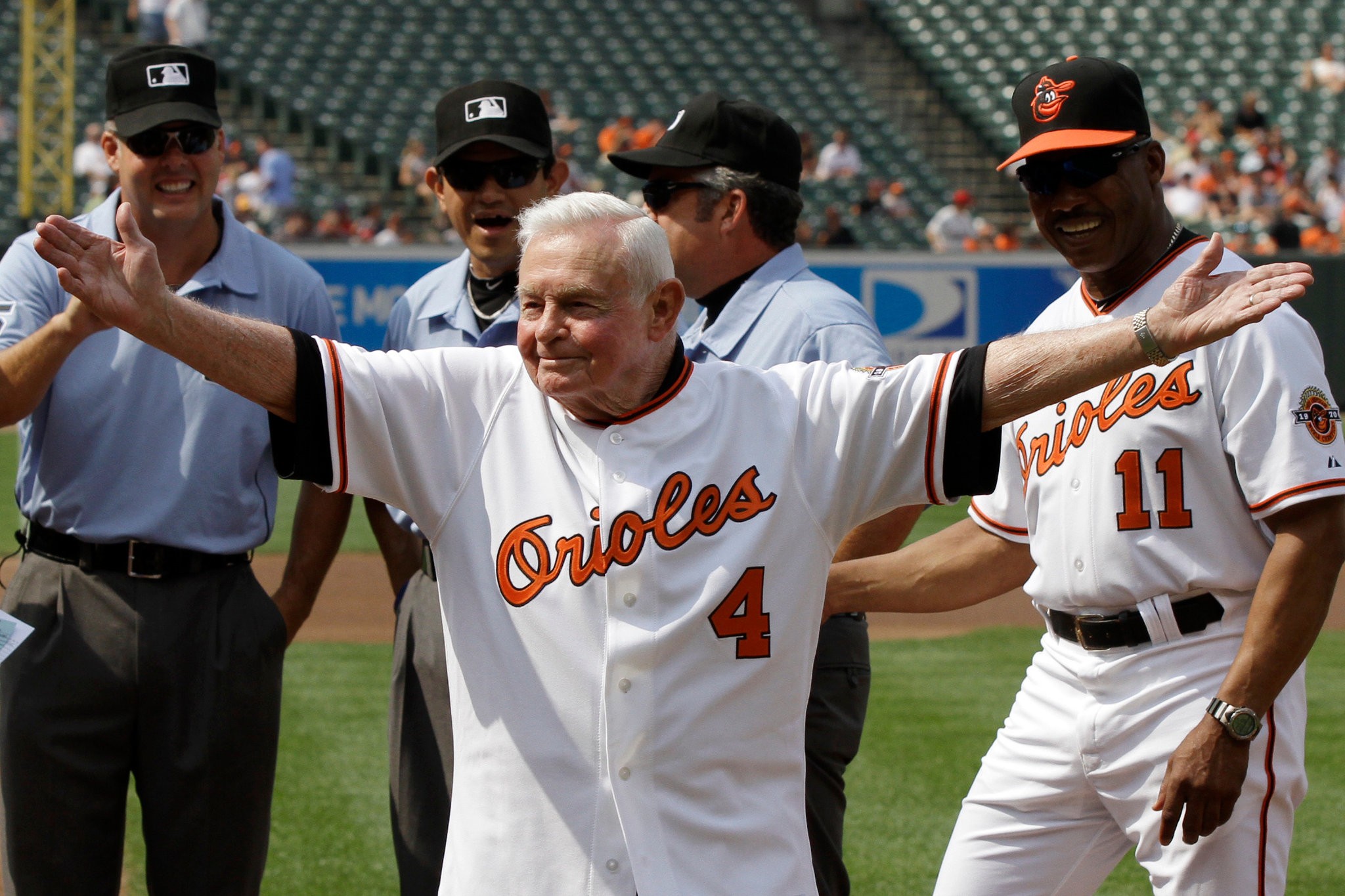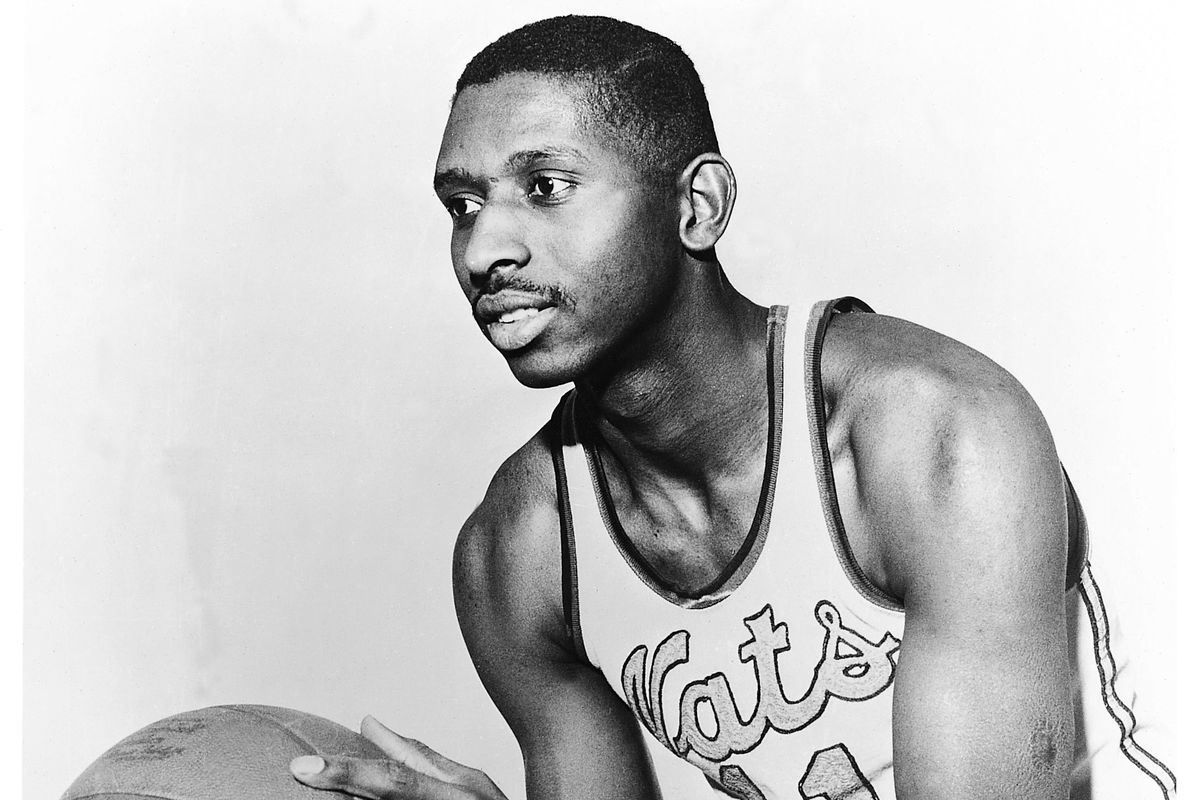Holcombe Rucker Park is the world’s most famous outdoor basketball arena.
Located in the Harlem neighborhood of New York City, Rucker Park opened at 130th Street and Seventh Avenue, but is now situated at 155th Street and Eighth Avenue, across the street from the former site of the Polo Grounds.
Basketball was born in Springfield, Massachusetts, but it grew up in New York City.
Rucker Park is a windswept patch of Harlem asphalt where Black Jesus once entertained the masses. Before he became “The Pearl,” Earl Monroe was dubbed Black Jesus because of the miracles he could perform on the basketball court at Rucker Park.
Born in 1926, Holcombe Rucker grew up parentless and impoverished on 141st Street under his grandmother’s watchful eye. A 6’3” guard at Benjamin Franklin High School, he dropped out to serve in the Army during World War II.
Upon his return, Rucker earned a degree from City College of New York and dedicated himself to the uplifting of Harlem. He went to work for the parks department and, in 1946, began staging a tournament to keep neighborhood children off the streets.
An educator whose motto was Each One Teach One, Mr. Rucker required respectable report cards before allowing kids to play. In 1954, Rucker added a pro division to his tournament.
The tournament played a pivotal role in the unshackling of NBA basketball, which was all-white. Harlem was the epicenter of black culture, and the free-wheeling style of play at Rucker Park added creativity and flair to the stiff, plodding NBA game.
Holcombe Rucker’s tournament boasted the best players, biggest crowds and wielded the most influence. Play at The Rucker meant more than anywhere else, and gave rise to the popularity and growth of the NBA.
Wilt Chamberlain crashed The Rucker in 1957. Three years later, Connie Hawkins did battle with Roger Brown there. In the 1960s, playground legends flooded to Rucker Park. Thomas “Satch” Sanders, an eight-time NBA champion with the Boston Celtics, competed at The Rucker. So did Lew Alcindor, Willis Reed, Charlie Scott, and Nate “Tiny” Archibald.
“I had to play harder in the park than I had to play in the NBA,” said Freddie Crawford, who grew up in the Bronx and later played for the Knicks, Lakers and 76ers. “Your stuff is on the line up there.”
A heavy smoker, Holcombe Rucker died of lung cancer in 1965, at 38. That year, the park that bears his name was relocated to its current site. Bob McCullough, a ruffian-turned-educator whom Mr. Rucker had saved from the dangers of the streets, kept the dream alive, pushing the pro tournament to even greater heights.
In the summer of 1971, Julius Erving, “Dr. J,” made a house call to Rucker Park, facing Joe “The Destroyer” Hammond in an epic showdown. Doctor J’s team of professionals lost to Hammond – who scored 50 points in one half — and his band of playground legends. The Destroyer, who was drafted by the Lakers in 1971, later landed in jail for dealing drugs, while the Doctor ended up in the Naismith Basketball Hall of Fame. Erving credits his time on the playgrounds for honing his game, saying, “A lot of my dunks I learned at The Rucker.”
The Rucker league fathered summer hoops, and paved the way for AAU tournaments and NBA offseason leagues. The Rucker provided little-known players with nicknames as colorful as their games with opportunities, but some playground legends chose the streets over the NBA.
“Pee Wee” Kirkland could do it all, averaging 41 points a game in college, but turned down a contract with the Chicago Bulls because he was making more money selling drugs. Alcindor [who, as Kareem Abdul-Jabbar, was a six-time NBA MVP before retiring as the league’s all-time leading scorer] said Earl “The Goat” Manigault was the best player he ever faced. A Rucker Park legend, The Goat developed a heroin addiction, never played collegiately or professionally, and died of congestive heart failure at 53.
As the NBA grew into a league of lavish salaries, the pros began to stay away from the unforgiving asphalt of Rucker Park, and the popularity of the tournament waned. In 1986, rapper Greg Marius started his own tournament, which fused hip-hop and basketball as both were exploding into the mainstream.
The Entertainers Basketball Classic [EBC] was formed, giving birth to “streetball” at Rucker Park.
The EBC continues to thrive in Harlem, as Allen Iverson, Kobe Bryant, Kyrie Irving, Stephon Marbury and Kevin Durant have continued the tradition of the world’s top players showcasing their skills at Holcombe Rucker Park.


